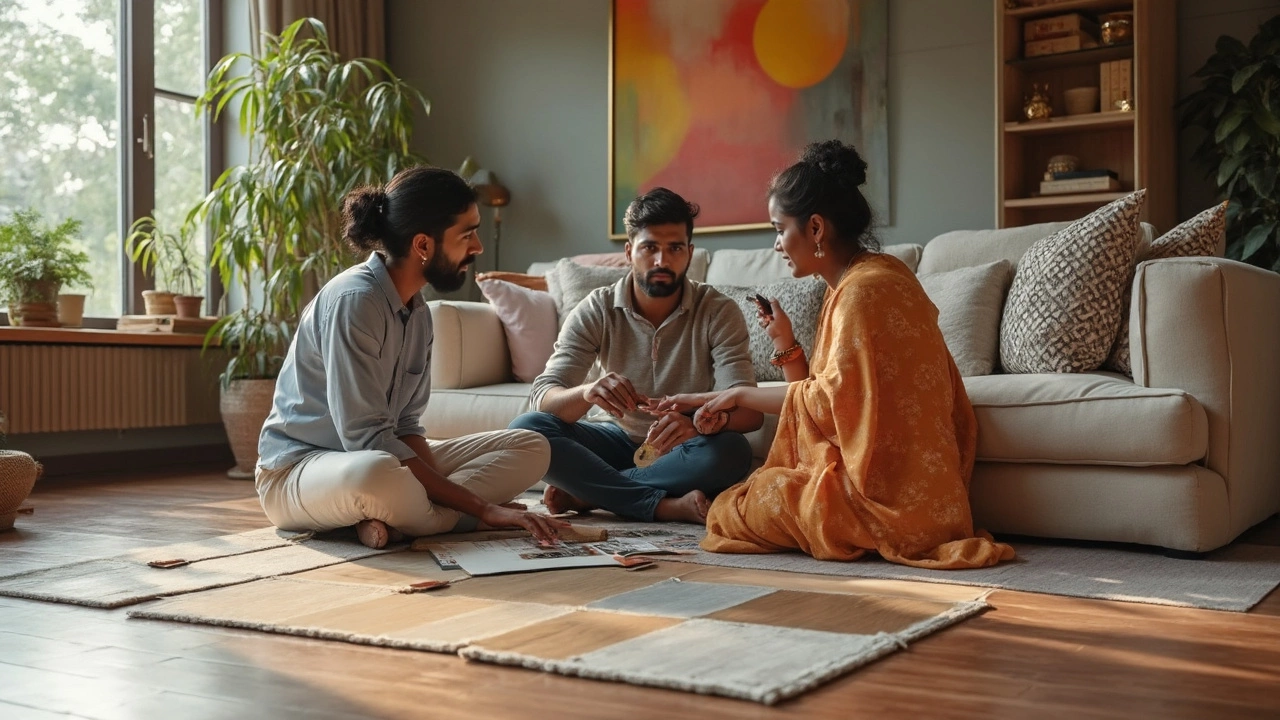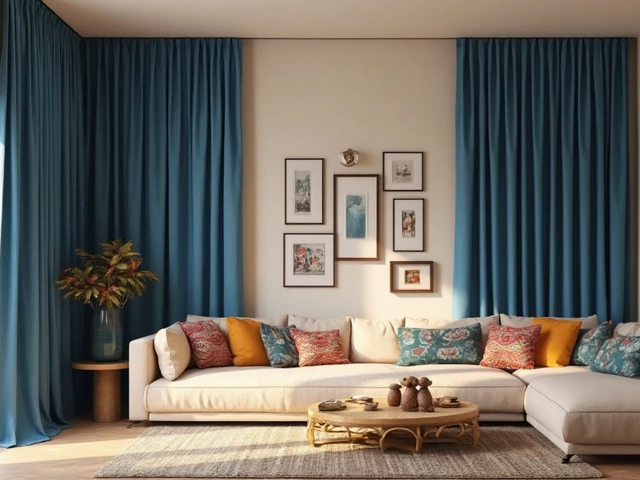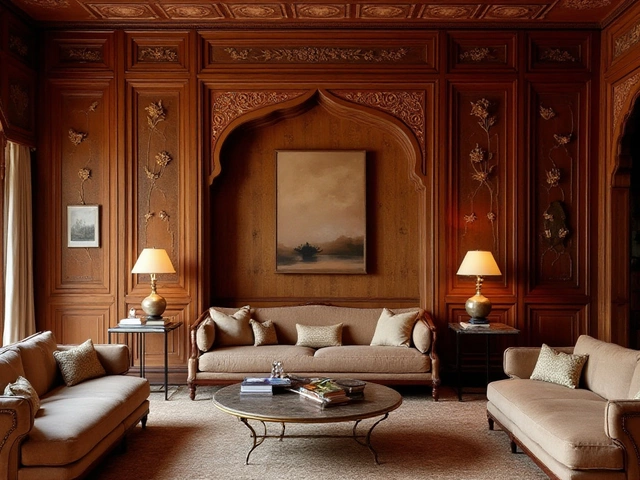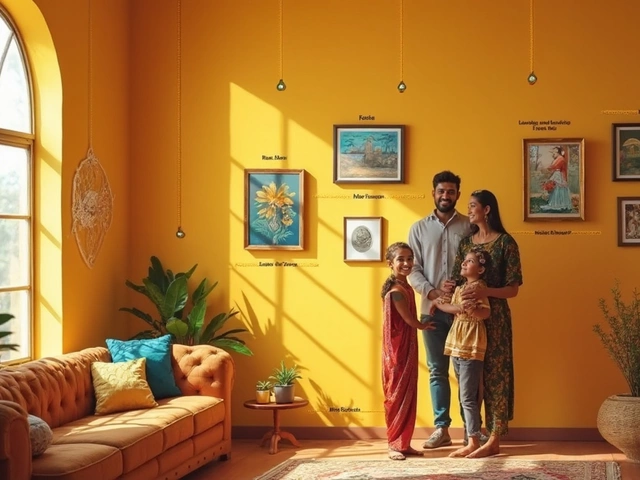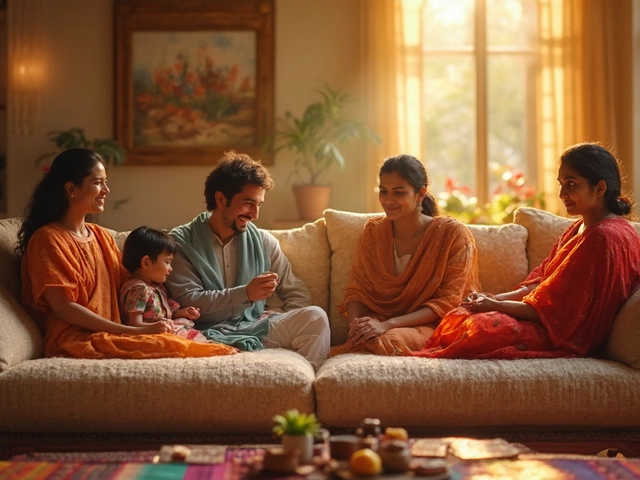Picking a floor color can actually make or break a home sale. Sounds dramatic, but it's true—I've seen buyers walk out just because old carpet was weirdly green or dark hardwood made the place feel like a cave. Most folks want a home that looks clean, modern, and easy to make their own, and the right floor color has a huge impact.
So, what's the safe bet? Real estate agents keep saying one thing: stick to lighter and neutral tones. Think soft oak, light grays, and warm beige. These feel roomy and match almost any furniture style, which means buyers don't start calculating how much it’ll cost to swap everything out. I remember when Lila and I put our old place on the market, we swapped out a tired, orange-toned floor for a pale, wood-look laminate—seriously, it sold in under a week, even though the market was slow.
- Why Color Matters for Flooring Sales
- Top Selling Flooring Colors Right Now
- Mistakes to Avoid When Choosing
- How to Make Any Color Work
Why Color Matters for Flooring Sales
Flooring color might sound like a tiny detail, but it plays a huge role when it comes to selling a home. No one wants to picture themselves living on a stained beige carpet from twenty years ago, right? That first impression really sticks, and buyers focus on the things they’d have to fix. If the floors look dated, dark, or just off, they can turn people off before you’ve even said a word.
According to the National Association of Realtors, flooring is in the top three features buyers look at right after layout and kitchen condition. Simple changes in color can affect how spacious, clean, and modern a place feels. Light-colored flooring, for example, tends to make rooms feel bigger—which is why open houses with pale hardwood or neutral laminate see better turnout and faster offers. One study in 2023 showed homes with light or natural wood tones sold up to 10 days faster than those with bold, dark floors.
| Floor Color | Average Days on Market | Buyer Appeal Rating (1-5) |
|---|---|---|
| Light Oak | 22 | 4.8 |
| Natural Maple | 24 | 4.7 |
| Dark Walnut | 36 | 3.9 |
| Gray | 29 | 4.5 |
What’s driving this? It’s mostly about flexibility. Neutral tones let buyers imagine their own stuff in the space. A flooring color that’s too trendy or bold usually means more work or extra spending for a new owner. Think about it: a deep espresso floor might look great in photos, but in person it shows dust, scratches, and doesn’t work with every style.
To sum it up, color isn’t just about looks—it’s about making the place as easy as possible for someone new to move in and feel at home. Neutral and light shades do exactly that, which is why they’re the smart pick if you’re thinking about resale.
Top Selling Flooring Colors Right Now
If you want your place to sell quickly, you’ve got to know what’s actually trending. According to Zillow’s 2024 Home Trends report and recent sales data from major flooring retailers, the winners are pretty clear. Buyers consistently reach for light, neutral shades—and not just because they look fresh. They help rooms feel bigger, cleaner, and way more inviting. Check out the big hitters:
- Light oak and natural finishes: These give a modern Scandinavian vibe everyone wants right now. They fit both casual and high-end homes, and they hide dirt way better than dark colors.
- Cool grays: Still hot, especially in new builds. People love that gray floors can match almost any wall color or furniture style without clashing.
- Soft beige and greige: Beige is back (not that yellowy stuff from the ‘90s, but a softer, almost gray tone). Greige—a blend of gray and beige—is ridiculously popular, since it works with modern or classic looks.
- Matte finishes: Shiny is out. Matte shows fewer scratches and fingerprints, so it’s practical for families and pet owners.
Here’s a quick look at the most popular choices for flooring color sales, according to Home Depot and Floor & Decor’s 2024 listings:
| Color/Finish | % of Sales (2024) |
|---|---|
| Light Oak/Natural | 34% |
| Gray (Cool & Warm) | 26% |
| Greige | 18% |
| Medium Brown | 13% |
| Dark Brown/Charcoal | 7% |
| Other (Whitewash, Black, etc.) | 2% |
Notice how the light and neutral tones completely dominate the market. The old-school dark mahogany look? It’s pretty much only chosen if the rest of the home is super traditional. Everyone else is skipping it.
One quick tip: If you’re dealing with a condo or apartment that doesn’t get much sunlight, go with the lightest wood tone you can get. It’ll brighten up the whole space and help buyers see its best side.
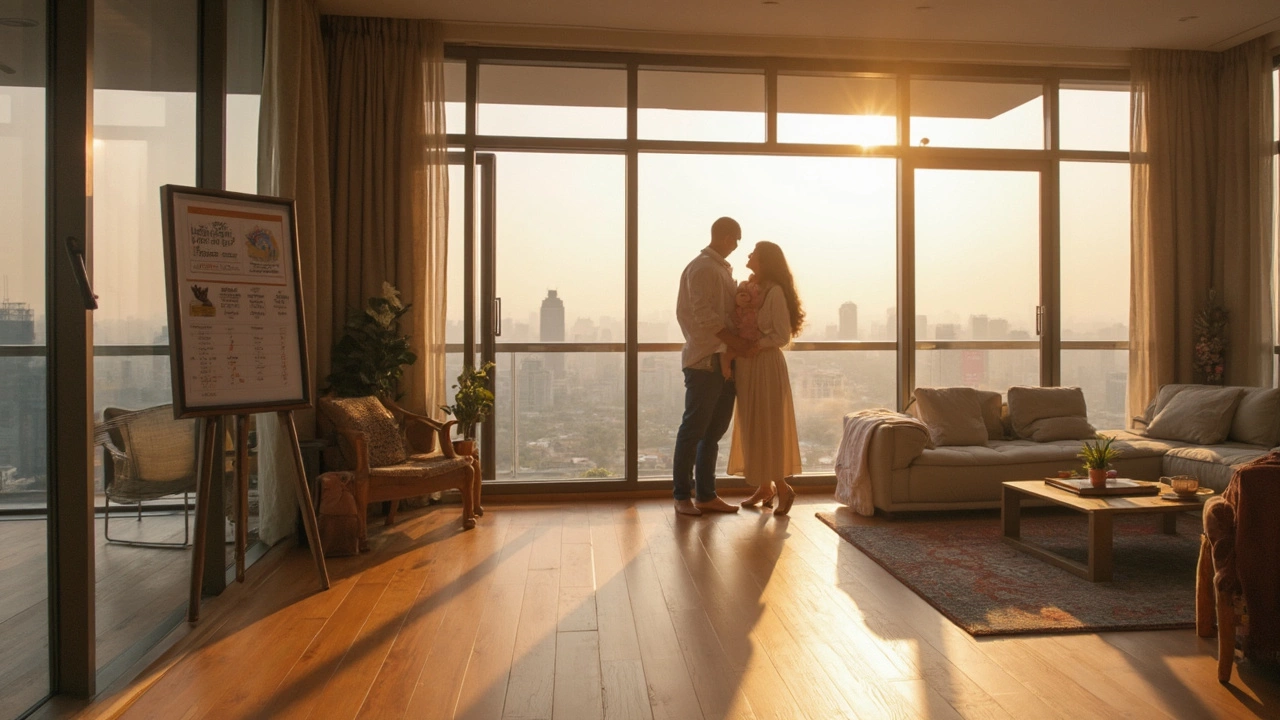
Mistakes to Avoid When Choosing
Plenty of people make slip-ups when it comes to picking flooring color, and some regrets can get expensive fast. If you want a floor that helps your home sell, steer clear of these common mistakes:
- Going Too Dark or Too Light: Super dark floors might look cool on Instagram, but they show every dust speck and scratch. Too light, like almost-white, can feel cold and make any stain stand out. Most buyers shy away from floors that require extra work to keep neat.
- Ignoring Room Size and Lighting: Small rooms with little sunlight get even more cramped and gloomy with dark floors. On the flip side, super light flooring in already bright rooms can feel washed out and bland. Match the color to the space and the amount of natural light.
- Not Thinking About Other Finishes: Flooring doesn’t exist on its own. Make sure your choice plays nice with cabinets, countertops, and wall colors, especially if you’re planning to sell soon. Clashing colors scream “remodel me.”
- Chasing Extreme Trends: It’s tempting to pick something trendy like gray wood or bold patterns, but buyers usually prefer safe and versatile. Trends look fresh for a while, but they can make your place feel outdated within a few years.
- Skipping Samples: Samples save you from big headaches. Always put them down in your actual room, with your actual lighting, before buying hundreds of square feet.
To really drive the point home, check out this quick look at the success rates of different flooring colors in resale, based on a 2024 survey by a property analytics firm:
| Flooring Color | Homes Sold Above Asking (%) | Buyer Positive Feedback (%) |
|---|---|---|
| Light Oak | 37 | 82 |
| Medium Brown | 35 | 78 |
| Warm Gray | 31 | 73 |
| Dark Walnut | 18 | 52 |
| Whitewashed | 12 | 44 |
The numbers show what buyers keep coming back to: neutral, flexible shades help homes sell best and get the most positive feedback. Wild or overly dramatic colors land at the bottom of the pack.
How to Make Any Color Work
Don’t freak out if you love a bold or dark floor but keep hearing that only pale colors sell. You can make almost any floor color work for resale if you know how to style the space and play up its strong points. It just takes a little planning and some smart tricks that realtors actually use all the time.
First, balance is key. If you end up with a dark or dramatic floor, lighten up walls and décor to keep the room feeling open. For dark walnut or espresso wood, pair it with crisp white walls and bright rugs. With really light floors, go for warmer tones in sofas, curtains, or wood trim so it doesn’t feel sterile.
- Use natural light wherever you can. Open blinds, trim bulky curtains, or even swap in a sheer window treatment. Natural sunlight can make any color pop but especially helps darker shades look less gloomy.
- Mix in area rugs to break up color intensity. A patterned rug can soften the contrast between floor and furniture, and gives buyers a sense of coziness.
- If you have colorful flooring—like those trendy blue or patterned tiles—they work best in small doses (think laundry rooms or powder rooms), where buyers expect personality.
- Keep accessories and wall art simple. Too many busy patterns or wild paint choices can overwhelm buyers, no matter the flooring shade.
Here’s a look at what buyers are after versus what’s on the market, using recent stats from 2024 home sales:
| Floor Color | Average Days on Market | Buyer Interest (1-10) |
|---|---|---|
| Light Oak/Beige | 17 | 9.2 |
| Gray Tones | 20 | 8.5 |
| Dark Brown | 23 | 7.7 |
| Patterned/Colorful | 38 | 5.3 |
The main takeaway: even dark or bold floors can work, but you’ve got to style the rest of the space to keep things feeling fresh and flexible. When in doubt, use lots of light, keep the space neutral, and remember—flooring color is only one part of the overall vibe. Thoughtful details elsewhere can help your floors feel like a feature, not a problem.
